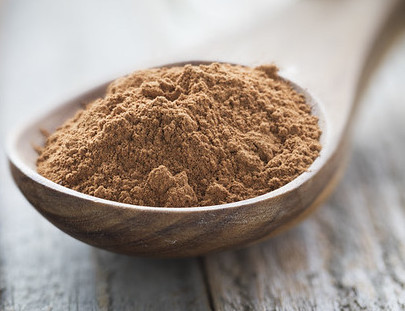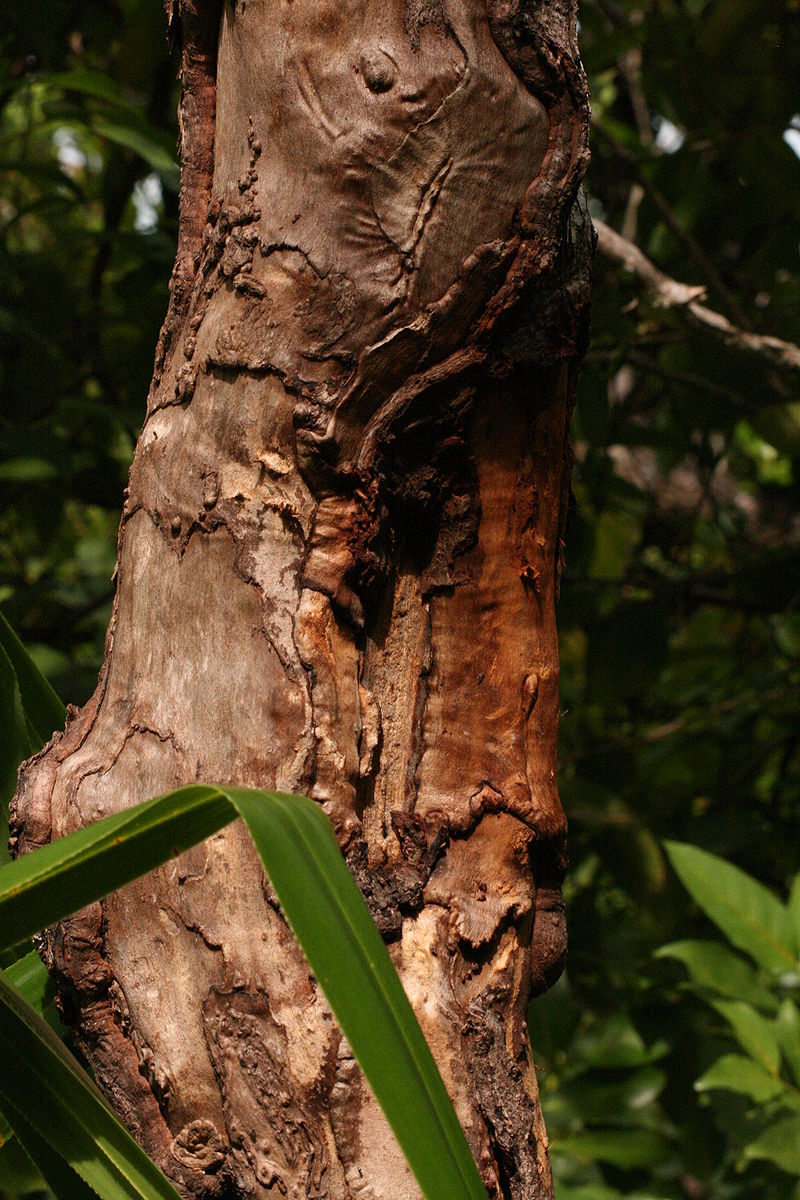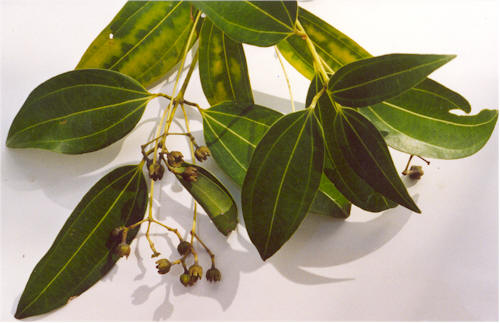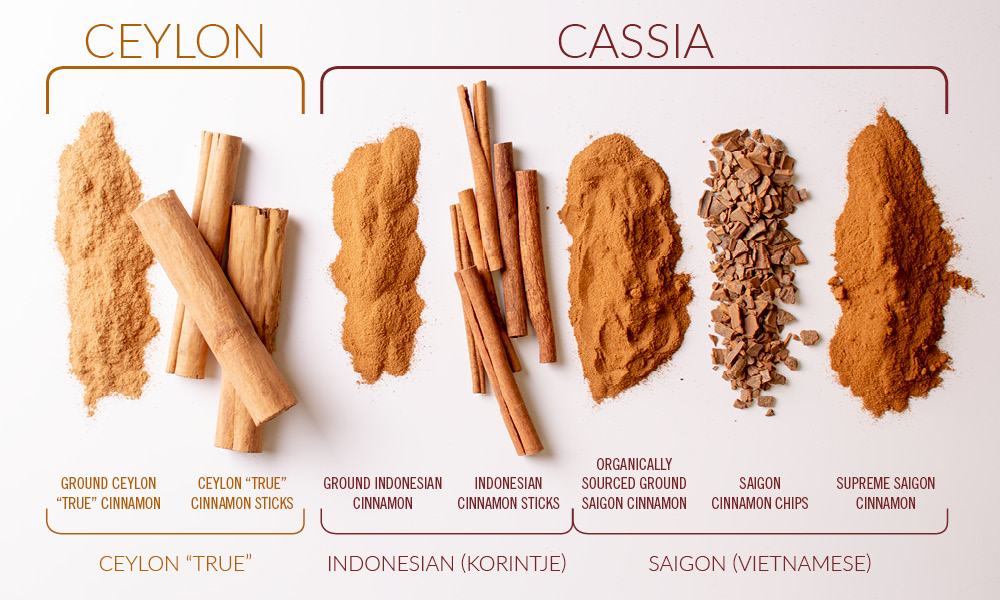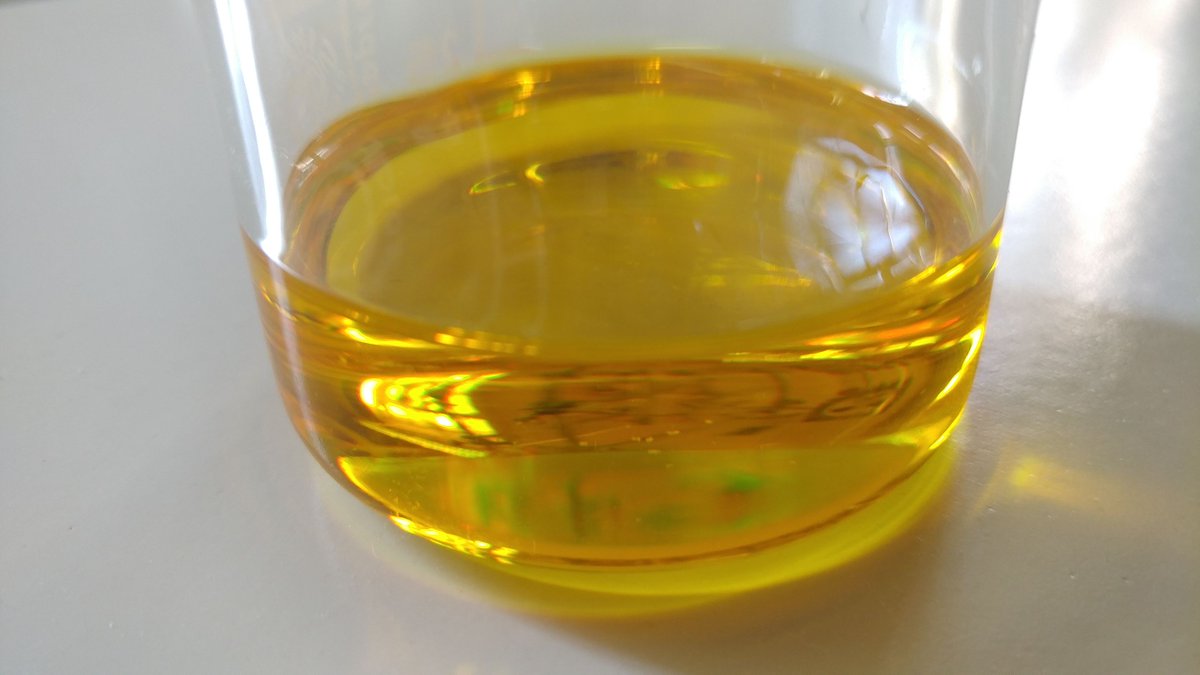Cinnamon is one of the most beloved spices in the world, used in savory & sweet dishes, tea & cocktails, chewing gum, candy, perfume, medicine, and cosmetics. This time of year, it seems to be in the air. But what is it, exactly, where does it come from, and why is it so popular?
Unlike most spices, cinnamon is not derived from the leaves, flowers, fruit, or roots of a plant. It& #39;s bark: the dried inner bark of several tree species that belong to the same family of plants as avocados and bay laurels.
Humans have been using cinnamon for many thousands of years. In 1500 B.C., Hatshepsut, the reigning pharaoh of Egypt, sent a fleet of five ships to retrieve spices, including what was likely "cinnamon wood." The Bible also mentions the use of cinnamon in perfumes and ointments.
Today, most of the cinnamon sold throughout the world comes from forests and plantations in four Eastern countries: Indonesia, China, Vietnam, and Sri Lanka.
But for much of early history, the spice& #39;s true origins were a closely guarded secret.
But for much of early history, the spice& #39;s true origins were a closely guarded secret.
To keep the source of cinnamon a secret and prices high, Arab spice traders perpetuated many myths. They claimed, for example, that cinnamon had to be wrested from giant, ferocious birds that used the fragrant sticks to build their nests.
(Considering that some animals self-medicate w/ pungent herbs, and that some birds line their nests with cigarette buds, possibly to deter parasites—and that cinnamon has antimicrobial properties—that is not such an implausible story. But the "cinnamologus" bird is a fiction.)
Today, cinnamon trees are grown for 2 years, then coppiced, peeled, and dried. The tree stumps sprout new limbs. Some of the bark is sold whole in flakes or quills; some is powdered. https://www.youtube.com/watch?v=DPCsk_fN1S4">https://www.youtube.com/watch...
There are many cultivated cinnamon species. Most storebought cinnamon in the West is C. cassia and C. burmannii, native to China and Indonesia respectively. Ceylon cinnamon (C. verum), native to Sri Lanka, and Saigon cinnamon (C. loureiroi) are less common and more expensive.
Saigon and Ceylon cinnamon are sometimes regarded as superior for culinary uses. Bon Appetit describes Saigon as "intensely fragrant and flavorful" and Ceylon as "extremely mild and delicate—it definitely reads as & #39;cinnamon,& #39; but with subtle, almost floral notes."
They continue:
They continue:
Cinnamaldehyde, an oily yellow liquid at room temperature, is perhaps the most important compound in cinnamon tree bark, responsible for much of its flavor and scent. It also acts as an antimicrobial/antifungal, which may be why cinnamon trees produce it in the first place.
Cinnamon is spicy, but nowhere near as fiery as chili, black pepper, or mustard. It& #39;s a gentle, warm, inviting kind of spicy, and it& #39;s extremely versatile, pairing well with many sweet, savory, and tart ingredients.
Cinnamon, possibly from Greek roots meaning sweet wood, is a beautiful, evocative, and musical word—that innate lilt & internal rhyme: 𝑐𝑖𝑛𝑛-𝑎-𝑚𝑜𝑛. Simply reading & #39;cinnamon& #39; activates the olfactory cortex, the brain region that processes smell, and awakens vivid memories.
An exotic tree with pleasantly spicy edible bark sounds like something Willy Wonka would dream up, but it& #39;s real, and it& #39;s probably in your kitchen cupboard right now.
Sources & Credits
Cinnamon and Cassia
https://www.google.com/books/edition/Cinnamon_and_Cassia/KZa8aPxR_-wC?hl=en
https://www.google.com/books/edi... href=" http://bestiary.ca/beasts/beast242.htm
https://bestiary.ca/beasts/be... href=" https://commons.wikimedia.org/wiki/File:Cinnamomum_verum_sey_2.jpg
https://commons.wikimedia.org/wiki/File... href=" https://commons.wikimedia.org/wiki/File:Cinnamomum_verum1.jpg
https://commons.wikimedia.org/wiki/File... href=" https://en.wikipedia.org/wiki/File:Baton_de_cannelle.jpg
https://en.wikipedia.org/wiki/File... href=" http://www.chm.bris.ac.uk/motm/cinnamaldehyde/cinnh.htm
Olfactory:">https://www.chm.bris.ac.uk/motm/cinn... https://www.sciencedirect.com/science/article/abs/pii/S105381190600231X
Kjokkenutstyr">https://www.sciencedirect.com/science/a... Net, Flickr https://bit.ly/3pYAfS4 ">https://bit.ly/3pYAfS4&q...
Cinnamon and Cassia
https://www.google.com/books/edition/Cinnamon_and_Cassia/KZa8aPxR_-wC?hl=en
Olfactory:">https://www.chm.bris.ac.uk/motm/cinn... https://www.sciencedirect.com/science/article/abs/pii/S105381190600231X
Kjokkenutstyr">https://www.sciencedirect.com/science/a... Net, Flickr https://bit.ly/3pYAfS4 ">https://bit.ly/3pYAfS4&q...
https://www.savoryspiceshop.com/blog/cinnamon-101
https://www.savoryspiceshop.com/blog/cinn... href=" https://en.wikipedia.org/wiki/File:Cinnamaldehyde.jpg
https://en.wikipedia.org/wiki/File... href=" https://en.wikipedia.org/wiki/File:Cinnamaldehyde.png">https://en.wikipedia.org/wiki/File...

 Read on Twitter
Read on Twitter